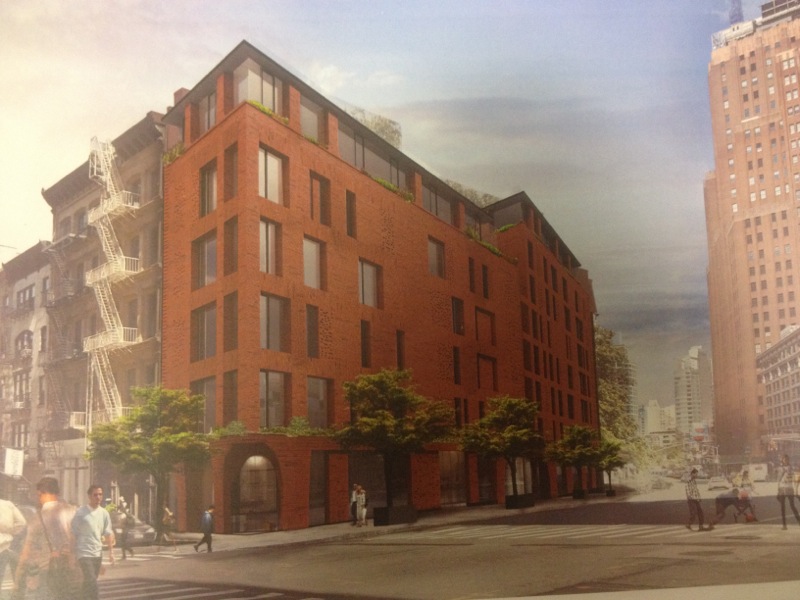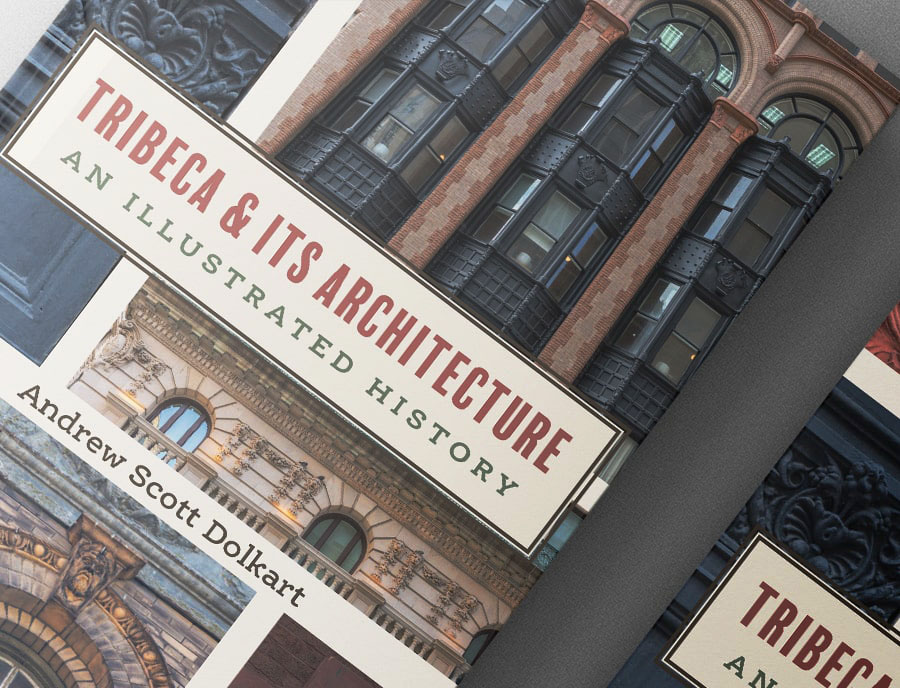
Copy of Testimony presented to Community Board 1 in December, 2013
Tribeca Trust
1. When new buildings arise inside historic districts, there are three possible design strategies.
2. The best would be “fully contextual” design. This means rigorous use of the existing architectural languages of the historic district, or invention within those languages. Examples can be found at 124 Hudson, 71 Laight, and 148 Reade. This “fully contextual” strategy treats the historic district as the asset to both celebrate and reinforce. It has a positive impact on the historic district.
3. A distant second-best strategy is to be “abstractly contextual”. Examples would be 200 Church, 130 Duane, or 21 Hubert. These are geometrically simplified, purely utilitarian buildings with no ornamentation. They only faintly allude to the historic district, although we might get a brick or cast iron skin. This is a weak strategy, one that is hard to do well. Even at its best, it yields buildings whose virtue is that you can ignore them.
4. A third design strategy is to be “anti-contextual”. Anti-contextualism is an ideology that seeks to be deliberately antagonistic to the architectural styles of historic Tribeca. As part of a philosophical project to reject any continuity with history, it forcibly ruptures the historic fabric, imposing shapes, materials, void-ratios, and patterns not found in the district. Falsely claiming to be the only possible architecture “of our time”, this strategy yields “look at me” visual anomalies that harm the integrity of our historic districts. 100 Franklin is one of these. It should be redesigned with a different strategy.
5. We also suggest that “fully contextual” design should be the preferred policy for historic districts. Such an idea is not new. The State of Oregon and the towns of Nantucket, Pasadena, Santa Barbara, and Charleston have all adopted such a policy preference. We think it is time Tribeca does the same.


